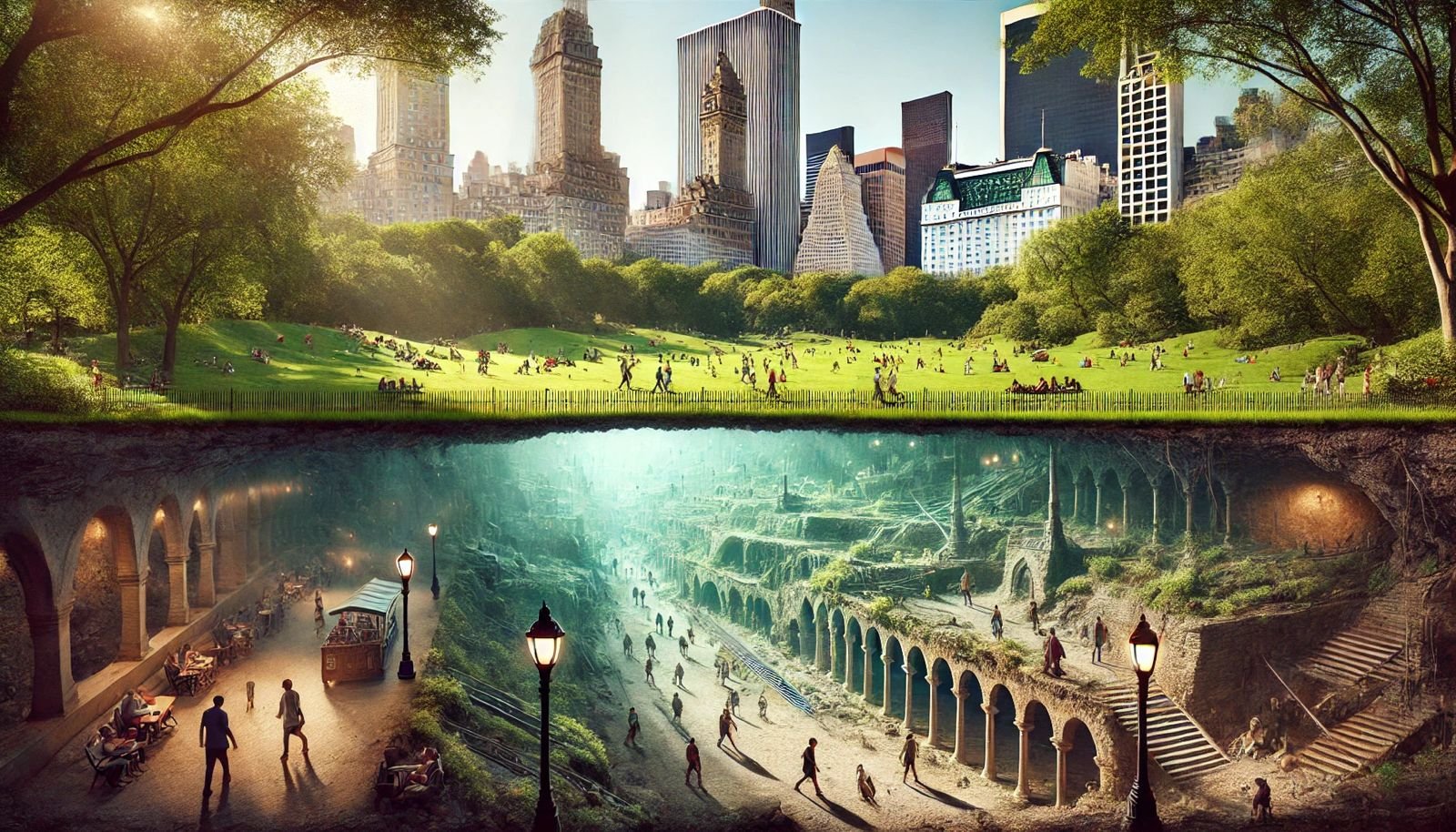What Is the Slum in Central Park?
Central Park is the sprawling oasis in the middle of New York City. It has often been touted for its beautiful scenery, recreational space, and cultural significance. But behind this peaceful mask lies a very complex history: a less-known part is the slums existing within and outside the park. This blog looks into what is popularly known as the "slum" in Central Park, focusing on its history, social implications, and attempts to end urban poverty in such precious places.
History
The term "slum" generally refers to urban areas characterized by substandard housing, poor living conditions, and a lack of basic services. During the early 20th century, as New York City experienced rapid industrial growth and an influx of immigrants, many neighborhoods surrounding Central Park became overcrowded. The park itself was designed in the 1850s as a retreat for wealthy New Yorkers, but as the city expanded, it became surrounded by impoverished communities.
In particular, areas such as the Upper West Side and Harlem experienced significant population growth among low-income families that were often relegated to substandard housing. These areas faced challenges such as inadequate sanitation, education, and healthcare—conditions that are characteristic of slum areas.
The Slum Phenomenon in Central Park
While Central Park itself is not a slum, the neighborhoods surrounding it have been home to marginalized populations. The juxtaposition of wealth and poverty is stark; just blocks away from the park's manicured lawns and scenic views lie communities grappling with economic hardship.
The existence of slums along Central Park points to the problem of urban inequality. On a physical level, it separates the rich from the poor. This separation brings social justice issues and the need for equal access to such public spaces. For example, while the affluent can afford to use the park facilities, the poor cannot do so due to structural and systemic barriers.
Challenges Today
Today, New York City still faces the problem of urban poverty. Revitalization of surrounding neighborhoods and improvement of living conditions do not make life easier for many residents. The pandemic of COVID-19 further worsened the existing inequality, with increased homelessness and housing instability.
Besides, gentrification has transformed most of the areas surrounding Central Park. Although some of these neighborhoods benefit from infrastructural investments with better services, it translates to increasing rent levels which force out the longtime residents from their homes. This loop continues the prevalence of slums because the low-income families are displaced from accessible jobs and facilities.
Community Initiatives
In response to these issues, several community organizations have worked hard to address the poverty situation in Central Park. Projects include food assistance programs, job training initiatives, and affordable housing solutions.
An example of such an initiative is the partnership between local non-profits and city agencies to enhance living conditions among residents in surrounding neighborhoods. Such projects often comprise:
Affordable Housing Development: Developing new affordable units to keep low-income families in their communities.
Job Training Programs: Providing skill training to help residents secure stable employment.
Health Services: Increasing access to health care for underserved populations.
Cleaning services are, therefore an important part of beautifying communities. Our move out cleaning in NYC is tailored to ensure your space is left spotless ready and in a good state for occupation either by the new tenants or owners.
Conclusion: A Call for Unity and Inclusion
This term "slum" alongside Central Park is a strong reminder of the contrasts urban areas present. While to some New Yorkers, the park represents beauty and serenity, it coexists alongside communities that face deep economic challenges. It is about time that both community leaders and city officials make persistent efforts to bridge these differences.
As we look back on what is frequently called the "slum" of Central Park, we quickly realize that its interpretation comes with an awareness of history in the way of development and social structures. Therefore, we support activities directed toward improving conditions for life and towards more just allocation of resources as a move toward greater inclusion for all New Yorkers.
To fully pay respect to the spirit of Central Park as a public space for all, we need to engage our communities. Whether it is volunteering with local organizations, we offer move out cleaning in NYC to keep housing standards, every effort counts towards effectively addressing urban poverty. Together, we can build a more equitable city where everyone has access to clean spaces and vibrant communities.
